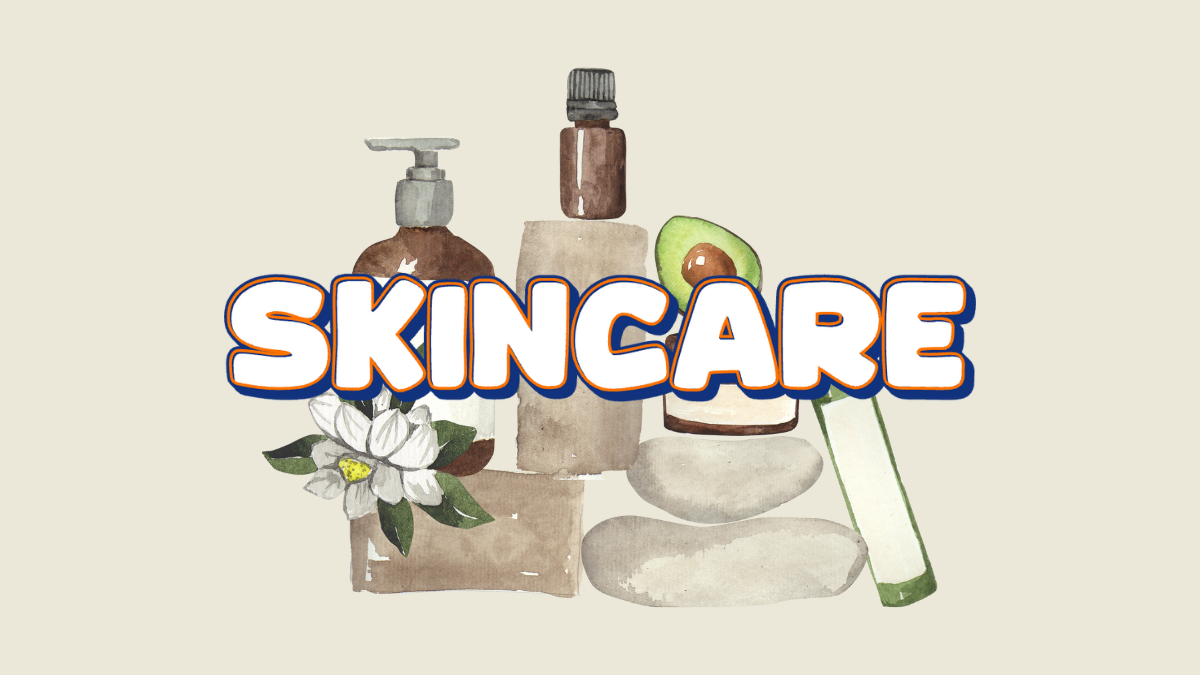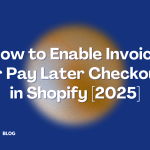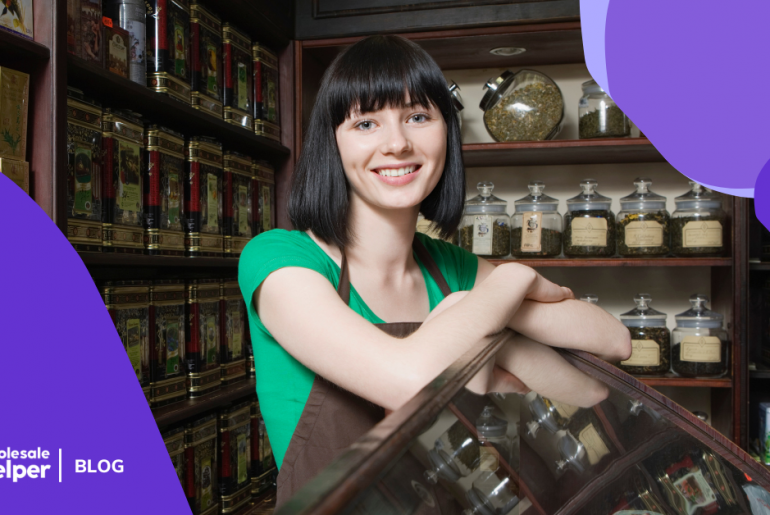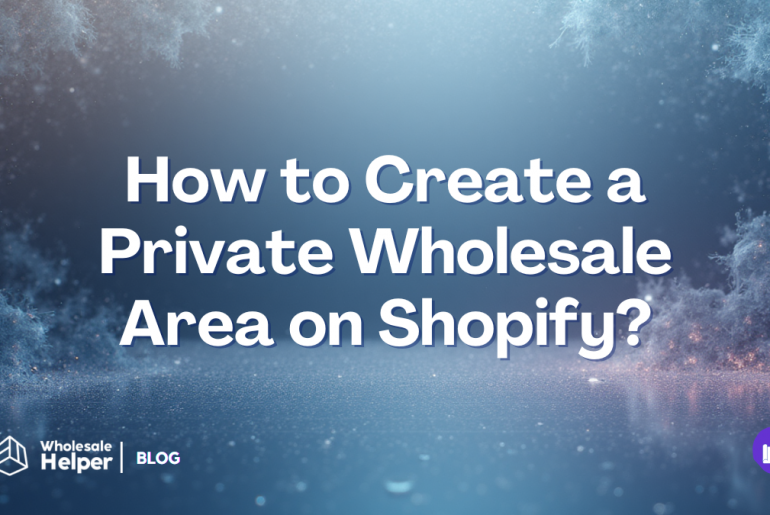For skincare brands, moving into wholesale is a huge step. It’s not just about shipping larger boxes — you’re managing retailer expectations, protecting margins, handling compliance, and ensuring your products move off the shelf. Wholesale can open the door to steady, high-volume orders, but it comes with unique complexities like shelf life, regulatory standards, and retail training.
This guide is your step-by-step playbook to sell skincare wholesale on an ecommerce platform. From pricing and compliance to buyer outreach and Shopify setup, here’s everything you need to know.
Step 1: Get your Foundation in Place
Before approaching a single retailer, you need to establish a solid foundation. To achieve this, focus on these three building blocks:
- Landed Cost: This is the most important figure. It’s the true, per-unit cost of a product ready to be sold, including all the expenses of the beauty industry, such as raw materials, packaging, manufacturing, compliance, inbound freight, storage, and handling.
- Wholesale Price: This is the price you sell your products to a retailer for. It must be high enough to cover your landed cost and your own target margin, but low enough to leave room for the retailer to make a profit.
- MSRP (Manufacturer’s Suggested Retail Price): This is the price the retailer sells your product to the end customer for. It’s the price your brand positioning and the market can support. In skincare, retailers typically expect a 45–60% margin.
Example: If your serum costs $5.50 to produce (landed cost) and you want to sell it at $28 retail (MSRP), a wholesale price of ~$14 gives the retailer a 50% margin while leaving you with over 60%.
Step 2: Ensure Compliance and Documentation
When establishing a trustworthy brand through the right business entity, it’s essential to consider various aspects, including local regulations, compliance laws, and necessary documentation. Wholesale skincare buyers take these regulations very seriously. Make sure to have the following prepared:
- INCI ingredient lists (international standard format)
- Batch numbers & expiry dates clearly marked
- Safety Data Sheets (SDS) for shipping and handling
- Certifications (organic, cruelty-free, FDA/EU compliance, etc.)
Step 3: Set Your Wholesale Terms (MOQs and Discount Tiers)
Your wholesale policies define how you work with retailers:
- MOQs (Minimum Order Quantities): Encourage efficient orders without creating overstock. Example: 12–24 units per SKU.
- Tiered Discounts: Keep it simple — 2–3 tiers max, tied to logistical efficiency (e.g., full case orders)
- Payment Terms: Decide whether you’ll accept Net 30/60 or stick with upfront payments for new accounts.
- Returns & Expiry Policy: Spell out clearly who is responsible for expired stock.
Step 4: Build your Online Wholesale Store
Once you have addressed the landed costs, profit margins, retail discounts, legal and compliance documentation, and wholesale terms, it’s time to build an online wholesale store and list your products. This will allow you to invite B2B buyers to purchase your skincare products at wholesale prices.
You’ll need assets and systems to make selling wholesale smooth:
- Line Sheet / Catalog (PDF): Includes SKUs, wholesale price, MSRP, MOQs, and ordering instructions.
- Samples & Testers: Common policy = 1 free tester for every 12 units purchased.
- Brand Education Packet: Ingredient benefits, usage instructions, marketing images — helps retailers sell better.
- Wholesale Website or Portal: A gated area where approved buyers can view pricing and place bulk orders.
You can build a skincare wholesale store on Shopify with apps like:
- Wholesale Pricing Discount B2B – to offer custom pricing, MOQs, and tiers.
- Wholesale Lock Manager B2B – to hide pricing until login.
- WSH Order Form & ReOrder – to accept bulk orders, quick reorders on a single page.
Step 5: Find and Sell Skincare Wholesale to your B2B Buyer Audience
Once your skincare wholesale store is ready, you can start reaching out to your potential wholesale buyers for distribution. You can do this by leveraging your personal network connections, or exploring new ways, like:
- Boutiques & Salons: Reach out locally with samples and a line sheet.
- Spas & Aesthetic Clinics: Offer professional backbar sizes alongside retail SKUs.
- Trade Shows: BeautyCon, Cosmoprof, Indie Beauty Expo.
- B2B Marketplaces: Faire, Abound, Tundra, RangeMe, OrderChamp.
- Direct Outreach: LinkedIn, Instagram DM, or email to salon owners and spa managers.
And that’s it. This is how you start selling skincare wholesale on your e-commerce store.
Ready to impress your B2B customers? Start wholesaling like a pro! 🙂
Try our Wholesale Pricing Discount app for free !
Trusted by over 15,000 Shopify merchants
Useful Skincare-Specific Wholesale Strategies
- Samples & Testers: Budget for them in your COGS — they’re not freebies, they’re marketing.
- Shelf Life Management: Encourage smaller, frequent orders to avoid expired stock issues.
- Backbar vs Retail Sizes: Create distinct SKUs for professional use in spas.
- Holiday Bundles: Offer pre-packed gift sets with light discounts. The value comes from curation, not margin cuts.
The 4-Point Playbook for Setting Skincare Pricing
1. Nail Down Your True Landed Cost
Your landed cost is more than just ingredients and packaging. In beauty, there are several “gotchas” you must include to avoid losing money on every order. Calculate your per-unit cost by adding up every expense:
(a) Raw Materials: Your formula, active ingredients, and base ingredients.
(b) Packaging: The bottle, jar, label, pump, and outer carton.
(c) Manufacturing: The cost for filling, lot coding, quality control, and testing.
(d) Compliance: An amortized cost for things like your PIF (Product Information File) in the EU or safety data sheets (SDS)
(e) Inbound Freight & Duties: The cost to ship the goods from your manufacturer to your warehouse, including any import duties
(f) Logistics & Handling: Fees for 3PL receiving, storage, and the per-unit cost of picking and packing.
(g) Overhead: A small buffer for payment processing fees and other operational expenses.
Note: If you ship internationally using DDP (Delivered Duty Paid), your import duties and fees will rise, meaning you should have a separate landed cost for each region you ship to.
2. Anchor Your MSRP and Target Your Retailer’s Margin
Once you have your landed cost, you can set your pricing. A common strategy is to start with the MSRP that the market will support, and then work backward to find a wholesale price.
For example, if your landed cost is $5.50 and you decide your product should sell for $28.00 MSRP, your wholesale price would need to be around $14.00 to give the retailer a 50% margin. This also leaves you with a very strong 60.7% margin.
You can use a wholesale price calculator to derive accurate pricing numbers.
Find Your Perfect Wholesale Price in Seconds
Calculate My Wholesale Price for FREE
Instantly calculate the right price to maximize profit and keep your customers happy.
3. Set MOQs and Tiers That Make Sense
Your Minimum Order Quantities (MOQs) and tiered discounts must be strategic. They should encourage bigger orders while also respecting the short shelf life of many skincare products.
(a) Core SKUs: Set a reasonable MOQ of 12-24 units.
(b) Active Ingredients: For products with a shorter shelf life, like serums or retinoids, a lower MOQ of 12 units is better to prevent overstocking.
(c) Launch Kits: Create a mixed-SKU launch pack with a higher MOQ that helps new retailers get a feel for your whole line.
(d) Keep it Simple: Use just two or three tiers as tiered discounts. More tiers can confuse buyers.
(e) Tie to Logistics: Your breaks should be tied to real logistical efficiencies, such as buying in full cases or in quantities that optimize a pallet.
(f) Cap the Top Tier: Keep your top discount at or below 10% unless there’s a significant logistical saving to pass on.
4. Implement Your Skincare Pricing on Shopify Platform
To apply your pricing rules so they work automatically, do the following:
(a) If you’re on Shopify Plus: Use B2B price lists to assign tiered pricing and MOQs directly to your wholesale company profiles. However, Shopify Plus can be an expensive option for a lot of stores.
(b) If you’re on a non-Plus Plan: Use a suite of b2b apps to build a full wholesale system.
i. Wholesale Pricing Discount B2B: To set customer-specific tiered pricing and MOQs.
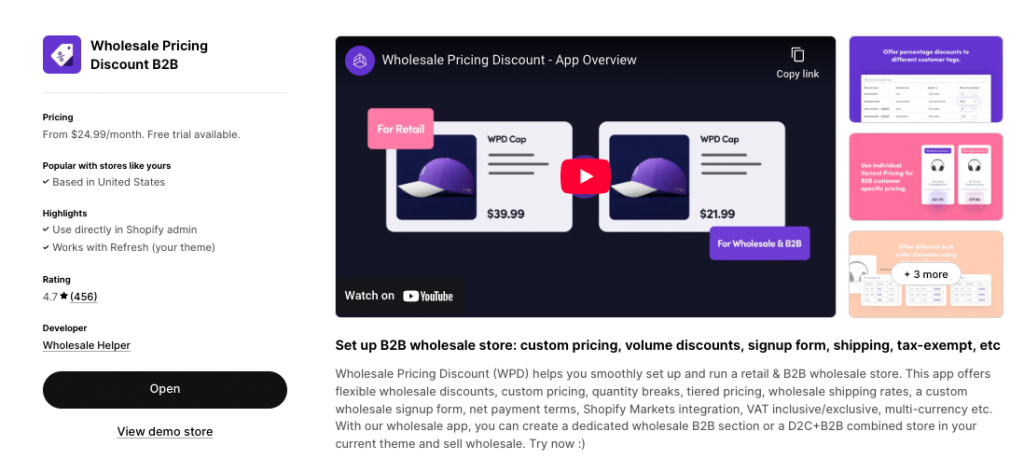
ii. Wholesale Lock Manager B2B: To hide your wholesale catalog and pricing until a partner logs in.

iii. WSH Order Form & ReOrder: To give your partners a fast, grid-style ordering form for refills.
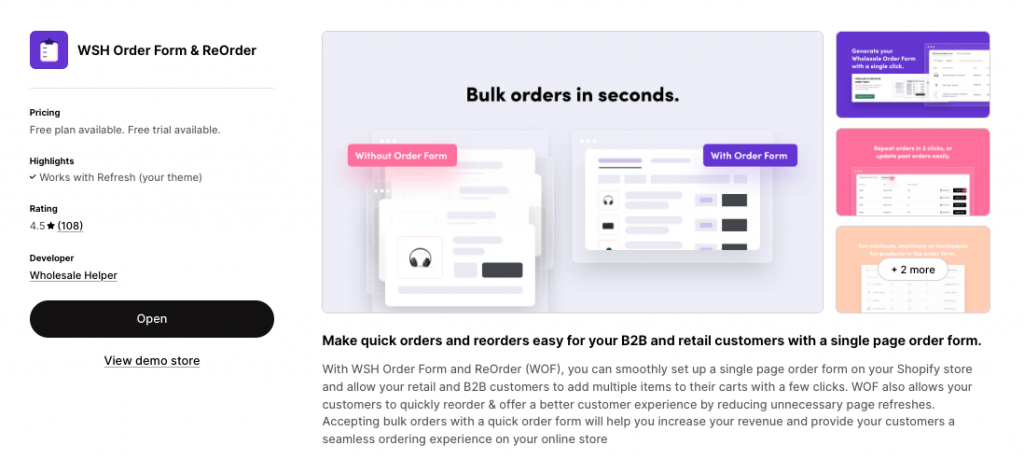
Final Takeaway
Selling skincare wholesale is about more than lowering your price. It’s about:
- Knowing your costs and margins.
- Meeting compliance and documentation standards.
- Setting smart policies on MOQs, terms, and expiry.
- Equipping retailers with tools, testers, and education.
- Building systems on Shopify for smooth B2B ordering.
- Actively pitching to salons, spas, and retailers — not waiting for them to come to you.
When done correctly, wholesale can be your most consistent growth channel, transforming your skincare brand from a small-batch indie to a trusted presence on salon shelves and retail counters.
The guide also concludes with a breakdown of how to implement this entire system on Shopify, using B2B tools for Plus users or a suite of dedicated apps for non-Plus merchants to create a professional and automated wholesale experience.
Ready to impress your B2B customers? Start wholesaling like a pro! 🙂
Try our Wholesale Pricing Discount app for free !
Trusted by over 15,000 Shopify merchants
Frequently Asked Questions
What’s a PIF and why is it important for pricing?
A Product Information File (PIF) is a mandatory legal document in the EU that contains all the details of your cosmetic product’s safety and efficacy. The cost of creating and maintaining this file should be amortized across all your products and factored into your landed cost, as it is a real business expense.
How do I protect my brand’s MSRP?
To prevent a wholesale partner from undercutting your own DTC sales, you should implement a MAP (Minimum Advertised Price) policy. This is a legal agreement that outlines the lowest price a retailer is allowed to advertise your product for. While you can’t enforce the final sale price, a MAP policy helps protect your brand’s integrity.
What about products with a very short shelf life, like active serums or vitamin C?
For these products, you should set a lower Minimum Order Quantity (MOQ) to prevent overstocking. You can also shorten your payment terms to ensure a faster cash flow and use a pre-order app to gauge demand for the next batch without holding too much inventory.
How do I handle returns for expired products?
It’s important to have a clear policy on this in your wholesale agreement. Because skincare is perishable, you should outline the window in which returns will be accepted and what to do with a product that has expired. Often, this is a shared responsibility, with the retailer responsible for managing their inventory and sell-through.
How do I handle compliance documentation (SDS, PIF) with my wholesale partners?
You can create a password-protected section on your website where your wholesale partners can download all the necessary compliance documents. You can use an app like Wholesale Lock Manager B to hide this section from the public and make it accessible only to logged-in wholesale customers.
How do I price testers and samples for my wholesale partners?
It’s a good practice to budget for testers as a marketing expense. You can offer them for free or at a token cost. Using a wholesale app, you can create a specific rule that adds a free tester to the cart for every 12 units of a product ordered, for example.
Can I offer different pricing to customers in different regions?
Yes, this is a key part of international wholesale. If your landed cost for a shipment to the UK is higher due to import duties, you can create a separate price list for customers tagged b2b-uk that reflects this higher cost.
How do these apps handle different currencies without having multiple stores?
The apps work in conjunction with Shopify’s currency settings. When a customer from the UK logs in, Shopify shows them prices in GBP. The app then applies your specific wholesale pricing rules to those GBP prices. This allows you to manage a single catalog and store while still offering a localized experience.
Can I offer different MOQs for different customer types?
Yes. To sell skincare wholesale, using customer tags, you can create a rule that says customers tagged “Spa Partner” have a different MOQ than customers tagged “Specialty Boutique.” This gives you flexibility and lets you tailor your wholesale program to each partner’s needs.
What’s a good pricing strategy for holiday kits or bundles?
For bundles, you should price them to maintain the same margin you would get if the products were sold individually. You can offer a small discount on the bundle as a whole, but avoid giving away too much, as the value of the bundle is often the combination of products, not a deep discount.

